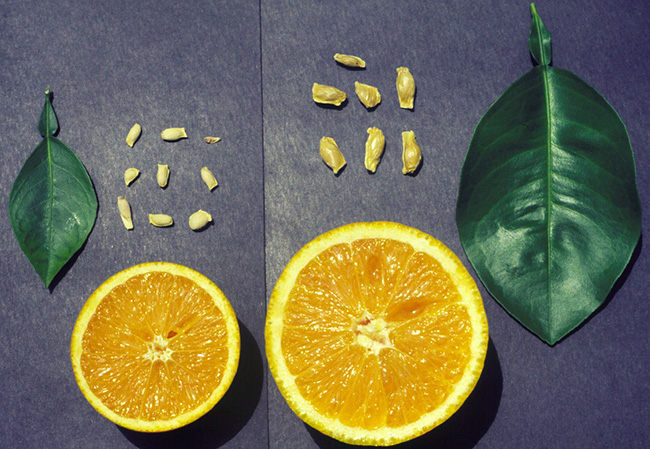
Stubborn
Rebekah Niall, Plant Biosecurity Officer
An exotic plant pest is a disease-causing organism or an invertebrate not present in Australia and which threatens agricultural production, forestry or native and amenity plants.
Stubborn is a citrus disease affecting citrus orchards across parts of the Mediterranean basin, Middle East, USA, South America and northern Africa.
Australia is lucky to be free from stubborn and the detrimental impact it has on citrus trees and fruit. The name ‘stubborn’ arises because the original characteristics of an infected citrus tree persist even after the tree is top-worked with healthy budwood. Stubborn will not kill a citrus tree, but will stunt its growth and lower fruit production and quality.
All commercial citrus cultivars are susceptible to stubborn. The stunted, infected trees produce small fruit that can be lopsided, have uneven colouring, aborted seeds and a bitter flavour. Unseasonal growth flushes and flowering can also occur.
Stubborn is both graft transmissible and vectored by leafhoppers. Introduction of stubborn into Australia could occur if exotic leafhoppers are introduced or with infected plant material movement. Budwood should only be imported through legal channels and tested in post-entry quarantine before release. Although none of the recorded vectors are present in Australia, it is possible that local leafhoppers could transmit the disease.
There is no effective control for stubborn. Citrus growers must remain vigilant and report any suspicious disease symptoms to ensure Australia’s citrus industry remains free from stubborn and other exotic citrus diseases.
More information
How to recognise and protect your property from citrus stubborn
Information about exotic pests and biosecurity for citrus orchards is available in the industry manual and from the Citrus Australia website.
Report it
If you suspect citrus stubborn in Australia call the Exotic Plant Pest Hotline on 1800 084 881. Further reading on the Emergency Plant Pest reporting and what happens next page.

Reduced size of fruit, seeds and leaf from an infected tree (left) compared with a healthy tree.

